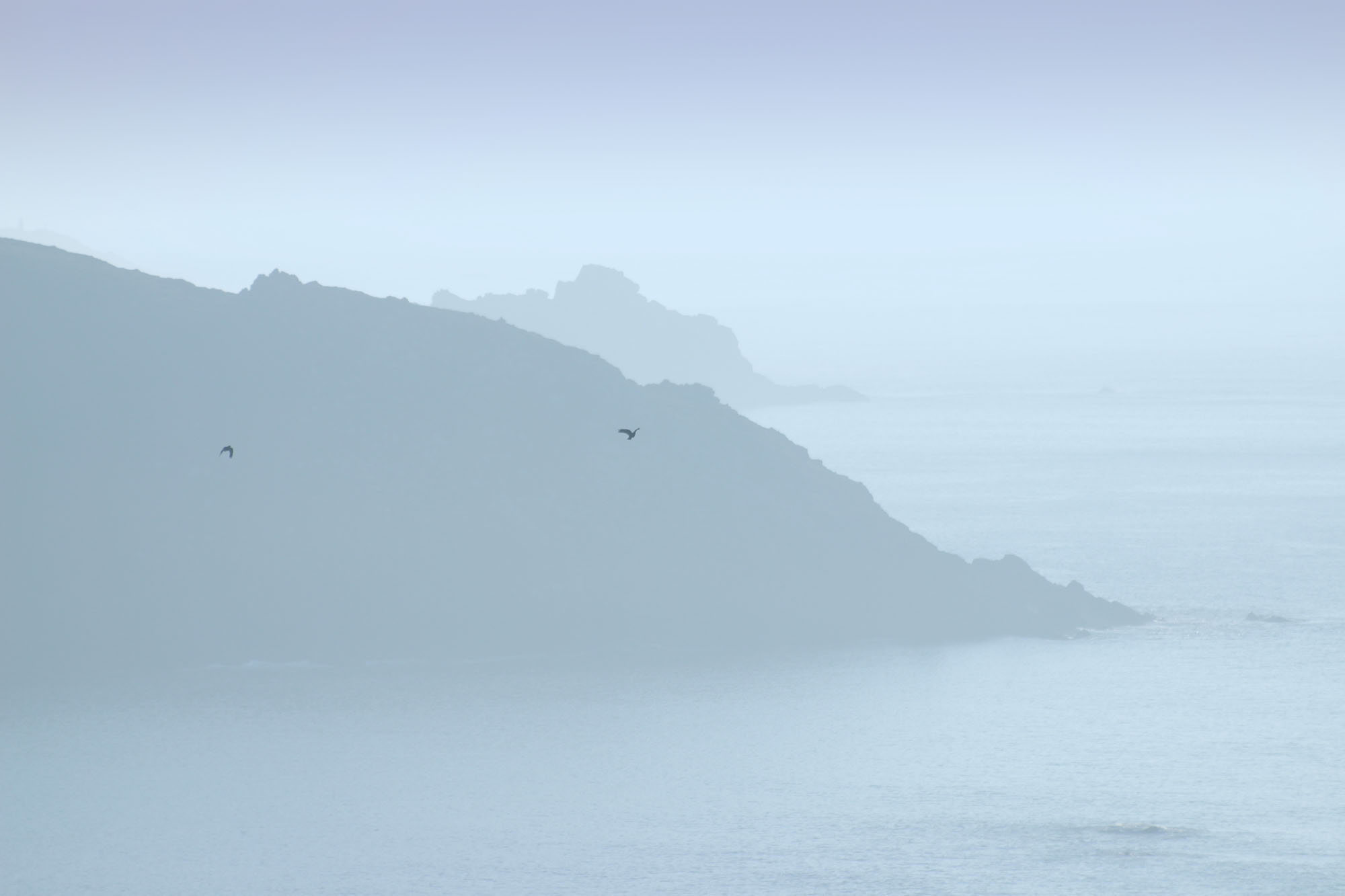July 5th 2018
The 2018 breeding season has now officially ended, as all the chough chicks have left their respective nests.
As the eggs were laid at different dates, it would seem obvious that the chicks would fledge at different dates. There are other factors, such as parental care, numbers of siblings, and (in the wild), availability of food.
We know from previous records and observations, that the parents in nest number one are very capable – and have in fact “fostered” chicks when their own eggs have failed. The chicks from nest number one were indeed the first out. The first chick accidentally bumped out by an adult on June 18th. The other two siblings followed on June 21st and 23rd respectively.
The singleton in nest number four was out next on June 24th. In theory, this bird should have been the first to fledge, as it was getting all the attention from both parents. However, we had noticed that the female in nest four tended to overbrood, or sit on the chick – which meant the male could not feed the youngster.
Finally, the chicks in nest number two emerged on 26th, 27th, and 28th of June, and July 1st. Sadly, one of the chicks was found dead in the aviary on 28th of June. However, the other three siblings are now practising short flights, and teaching themselves how to hunt for prey.
So our total “choughage” for 2018 is seven new birds, which is more we expected given the terrible weather at the start of the season, and the fact that there has been a mealworm shortage for the last six weeks.
All the chicks follow their parents, still begging for food. However, they are not getting too much attention from them. They do go back to the nest boxes from time to time for short naps, and also to roost. (The chicks, not the adults).
I did watch a chick in nest number two play with a feather in the nest. It poked and prodded it, then proceeded to start adjusting some of the twigs. A hopeful sign for the future..?
























